Diamonds are forever

Diamonds are a girl's best friend, sang Marilyn Monroe. So perhaps it’s not surprising that many invest in a beautiful engagement or wedding ring set with stunning diamonds when love beckons. Even though a prospective groom may have stood at the jeweler's, pulling his hair out once he truly understood the many zeros on the price tag. But in fact, there’s not much reason to worry in advance. For diamonds are a relatively safe investment.
It’s naturally about the unique material that a diamond is. It is created when carbon is pressed together under enormous pressure and high temperatures, at least 60 kilometers deep in the earth. They are then pushed up through crater pipes—so-called diatremes—or volcanic eruptions. This must happen shortly after formation; otherwise, they are transformed into graphite, as we know from our pencils.
But once they reach a level in the earth’s crust where they can be mined, we are simply talking about the hardest material we know. A material that can only be polished with diamond dust. And although this is a process that occurs continuously deep underground, diamonds that can be cut into regular stones are still somewhat of a rarity. The vast majority of the diamonds mined in mines in Russia, Africa, Australia, and Canada are mostly dust used in industry.
And when a colored diamond is occasionally found, it is even more rare. For example, a pink diamond—The Pink Star at 59.6 carats (about 12 grams)—was sold at auction in Hong Kong in 2017 for 71 million dollars. The rarer the stone, the higher the price. Because the degree of rarity is crucial. The fact that diamonds are associated with unparalleled beauty, tragic curses, and fairy-tale achievements also contributes to the high prices.
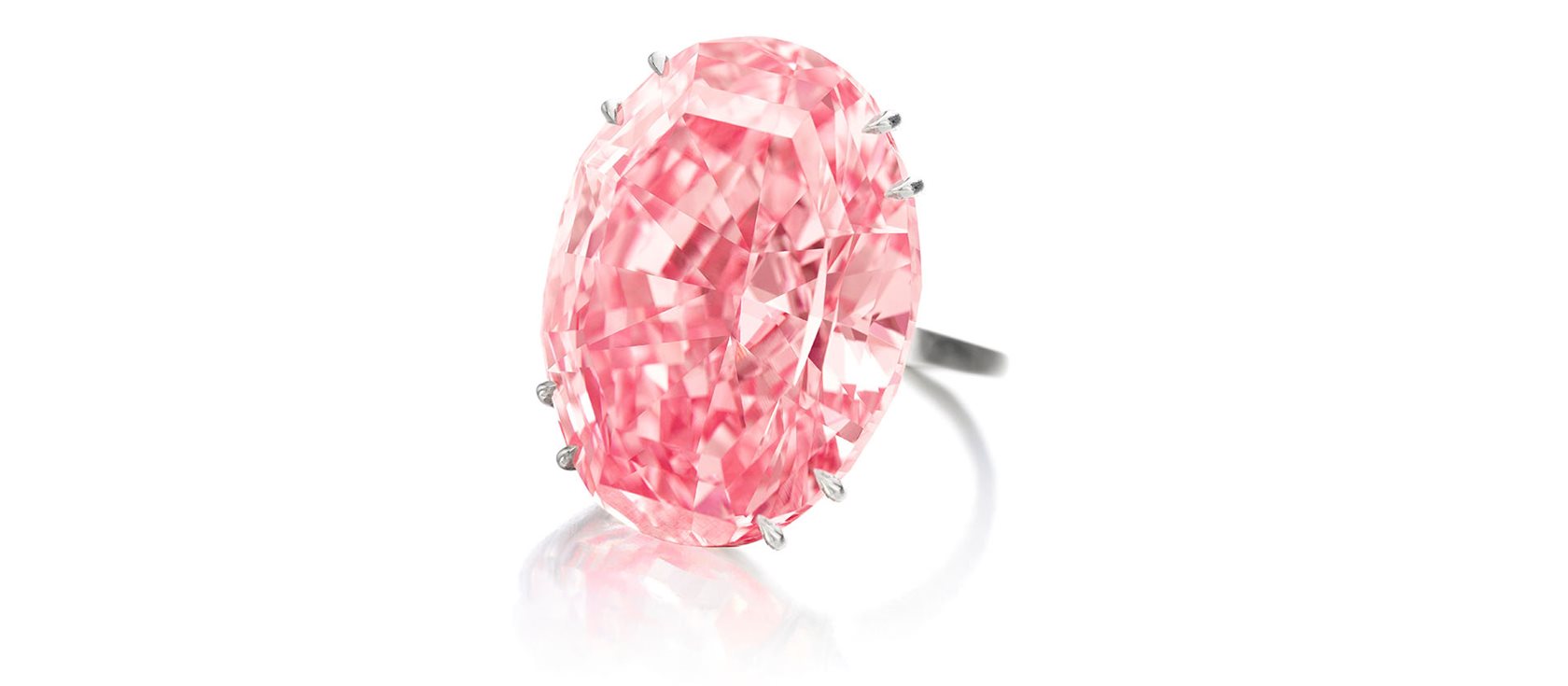
Good Investment
Diamonds have always been highly sought after. Unlike gold, they are easy to store, and one can easily transport their wealth. Just think that a single stone weighing 12 grams can be worth hundreds of millions. This has had its advantages in more turbulent times of war and persecution.
But it is actually also a good investment, on a smaller scale, to allocate part of one’s wealth to diamonds. This is the belief of Lars Jessen from Toft Jessen, who has been trading in diamonds for over 15 years. Both for his own jewelry production and as a supplier to jewelers across the country.
“It is an attractive area to move into. Not least because the price development of diamonds has been steadily increasing and is independent of the financial markets. The market is also relatively stable without major fluctuations, and historically we have seen an annual increase of five to seven percent,” says Lars Jessen.

But there can of course be factors that can affect prices. As an example, he mentions that Russia, following the invasion of Ukraine, has faced sanctions that make it impossible to sell Russian diamonds in large parts of the world. Another example is the closure of the Argyle mine in Australia, where the largest finds of pink diamonds have occurred. It closed in 2020. But both examples are viewed from an investor's perspective as possibly quite positive, as they could help drive prices upward. “Not least because the demand is relatively constant,” as Lars Jessen puts it.
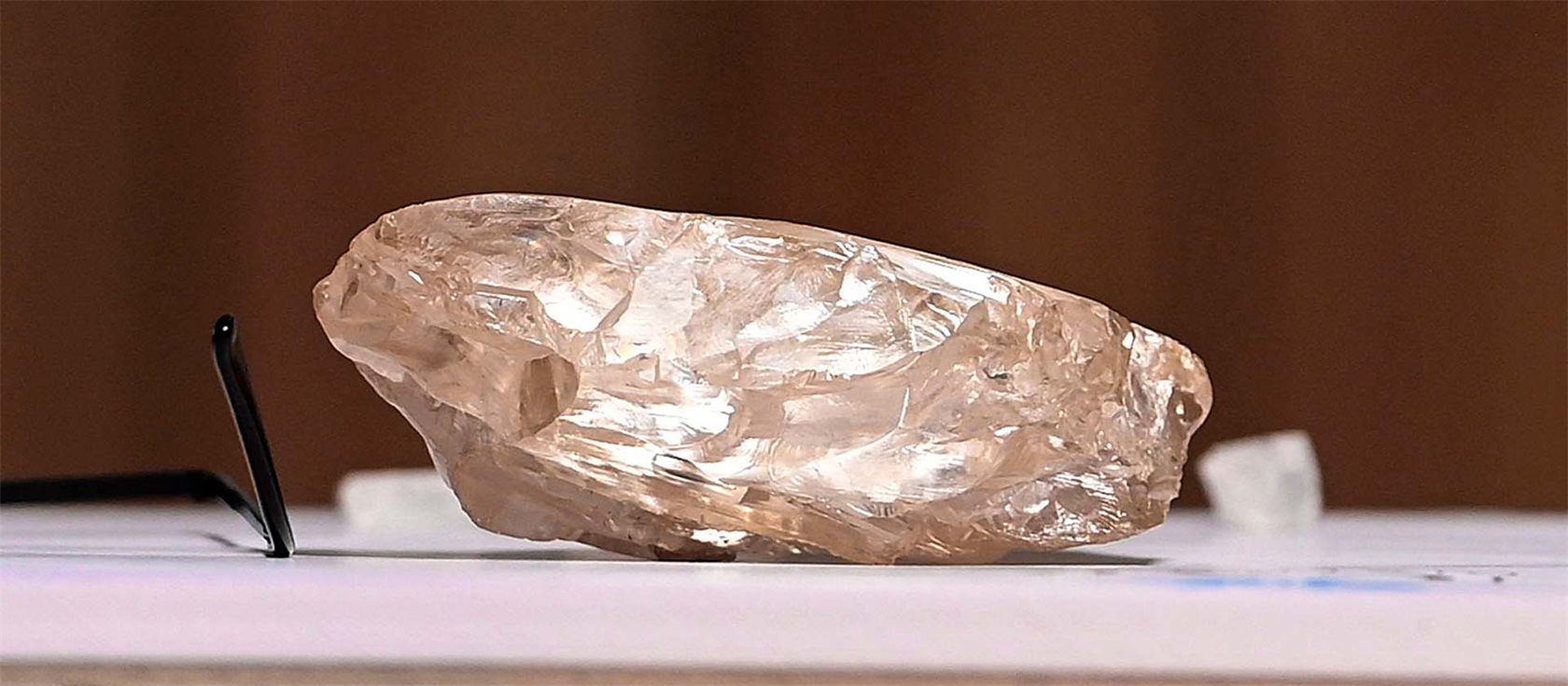
The Four Cs
The price of diamonds is fundamentally dependent on demand. And of course, the four Cs, which stand for Clarity, Color, Carat, and Cut. In short, the quality of these various parameters is decisive for pricing.
Clarity is measured from the clearest completely flawless diamond (flawless) to the I3 category, where visible impurities are present in the stone. The color is usually clear white but also tends toward a more yellowish tone. The more fancy pink and bluish diamonds are rare – and therefore also more expensive. Weight is measured in carats, where one carat equals 0.20 grams. And finally, there is the cut. When a larger rough diamond is found, experts evaluate how the stone can be cut into smaller stones in the best possible way for maximum yield. It’s also about figuring out how to best reflect the light. An investor will, as much as possible – and as far as their budget allows – be interested in purchasing diamonds that achieve the highest grades in the parameters that the four Cs together represent.
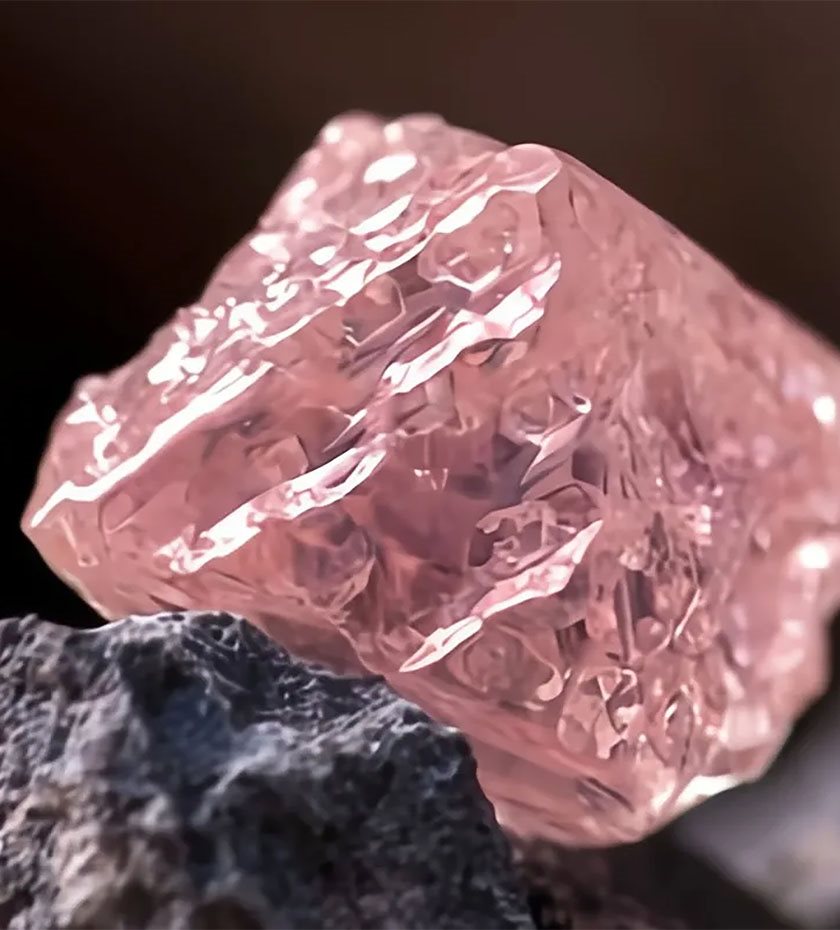
The Investors
Although diamonds are of course not a completely cheap investment object, many actually save up for these sparkling gemstones. “A lot of us buy an engagement or wedding ring set with diamonds of varying quality at some point. But regardless of which diamond one has purchased, it is still an investment that only increases in value over time. And there is also a certain guarantee for the investment, both for love and the wallet,” says Lars Jessen.
However, if one wants to seriously diversify their pension savings, his recommendation is to start a diamond collection with investments of 100,000 to 200,000 DKK. This can yield an annual return of up to 10,000 to 14,000 DKK, as market prices are currently developing. “When we talk about serious investors, they are often people who already own stocks or real estate. They may want to diversify their investments. Or it’s also about owning something tangible like a diamond that they can keep in a drawer, which only increases in value.”
Lars Jessen emphasizes that this is an industry where everything from certification to regular trading and handling is well organized. All investment diamonds are indeed cleared and equipped with a unique code that is etched into the stone, and can therefore be verified online. It also helps that all diamonds are unique by nature, much like a fingerprint, making it impossible to copy a given diamond. Overall, diamonds are often a safe haven for one’s investments. Also in the small things. For just as with love, which ideally deepens and becomes clearer year after year, the wedding ring also increases in value over time.
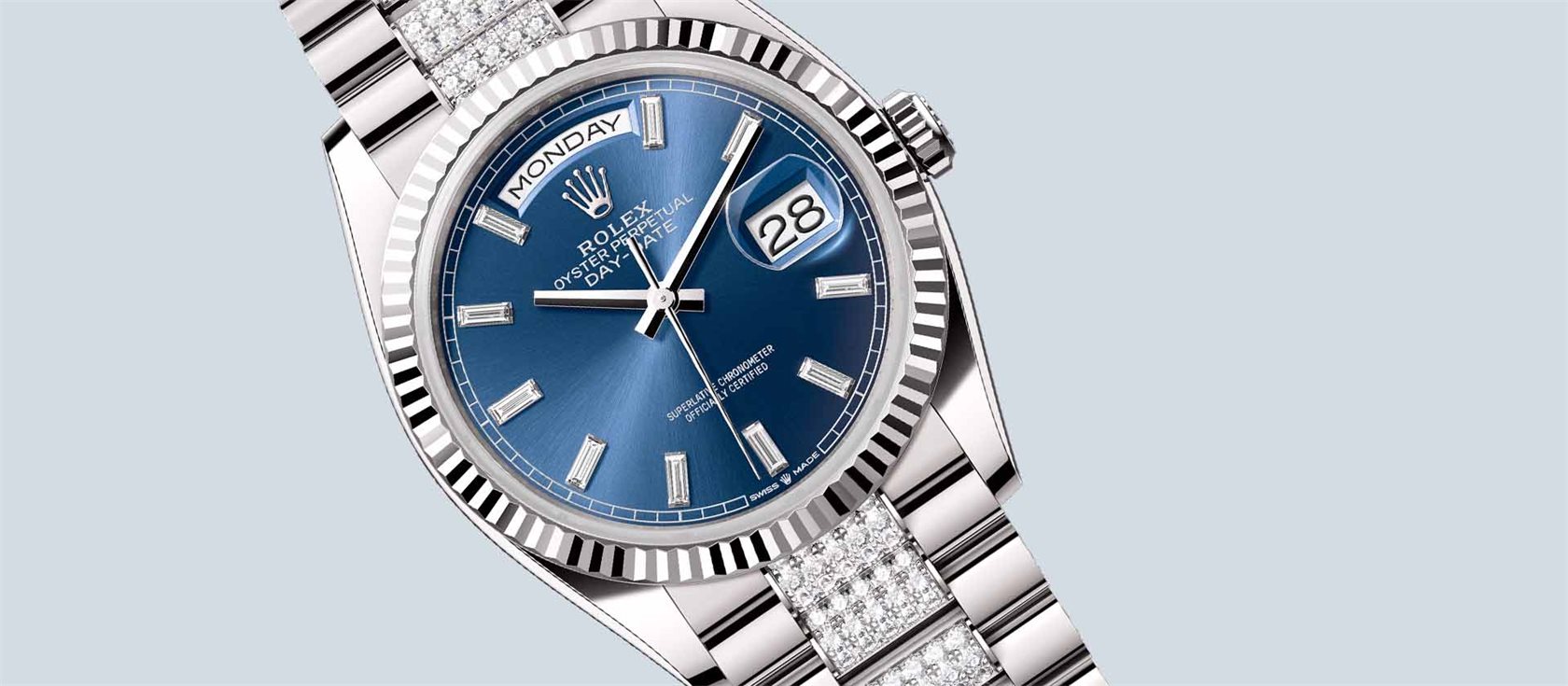
Synthetic Diamonds
Modern Alchemy
Throughout history, many have attempted to recreate nature's wonders in a laboratory in the pursuit of quick wealth. Just think of the medieval alchemists, who more or less fancifully tried to create artificial gold in a peculiar mix of beans, chemical reactions, and metal alloys.
But what did not succeed for the alchemists of the 1600s was achieved in 1955 when General Electric created the first synthetic diamond. At first glance, it is difficult to distinguish a lab-created diamond from a real one. It is made like a natural diamond from carbon under high pressure. However, the process is, of course, greatly accelerated. A small diamond of 0.1 carat can be produced in about a week. For experienced gemologists, the presence of the element nitrogen will reveal that the stone is synthetic.
And naturally, it is significantly cheaper than a real diamond. A synthetic diamond of 0.1 carat costs a couple of hundred kroner, while a real one sneaks up to around 2,000 DKK.
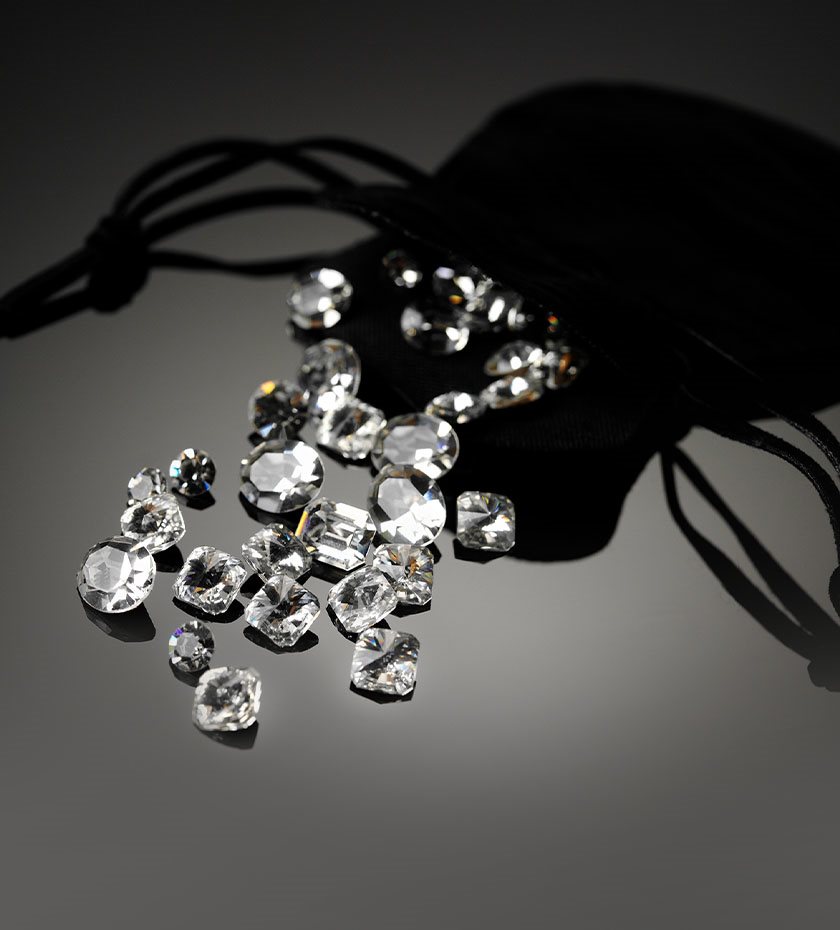
“Of course, there is a difference in price. The synthetic is a bit bling-bling. And it depreciates in value over time simply because so many are produced. This should be seen in relation to the price of a real one, which increases by five to ten percent a year,” says Lars Jessen. He explains that synthetic diamonds, with new production methods, are quite interesting for the industry, where diamonds are used, for example, in cutting and drilling tools. They can also be used as semiconductors in microprocessors in our computers. “They look alike. And they can be used to create beautiful jewelry that sparkles and shines in the light. And of course, they are worth more than colored glass. But even though they look similar, they will probably never be as good an investment as a real diamond,” concludes Lars Jessen.